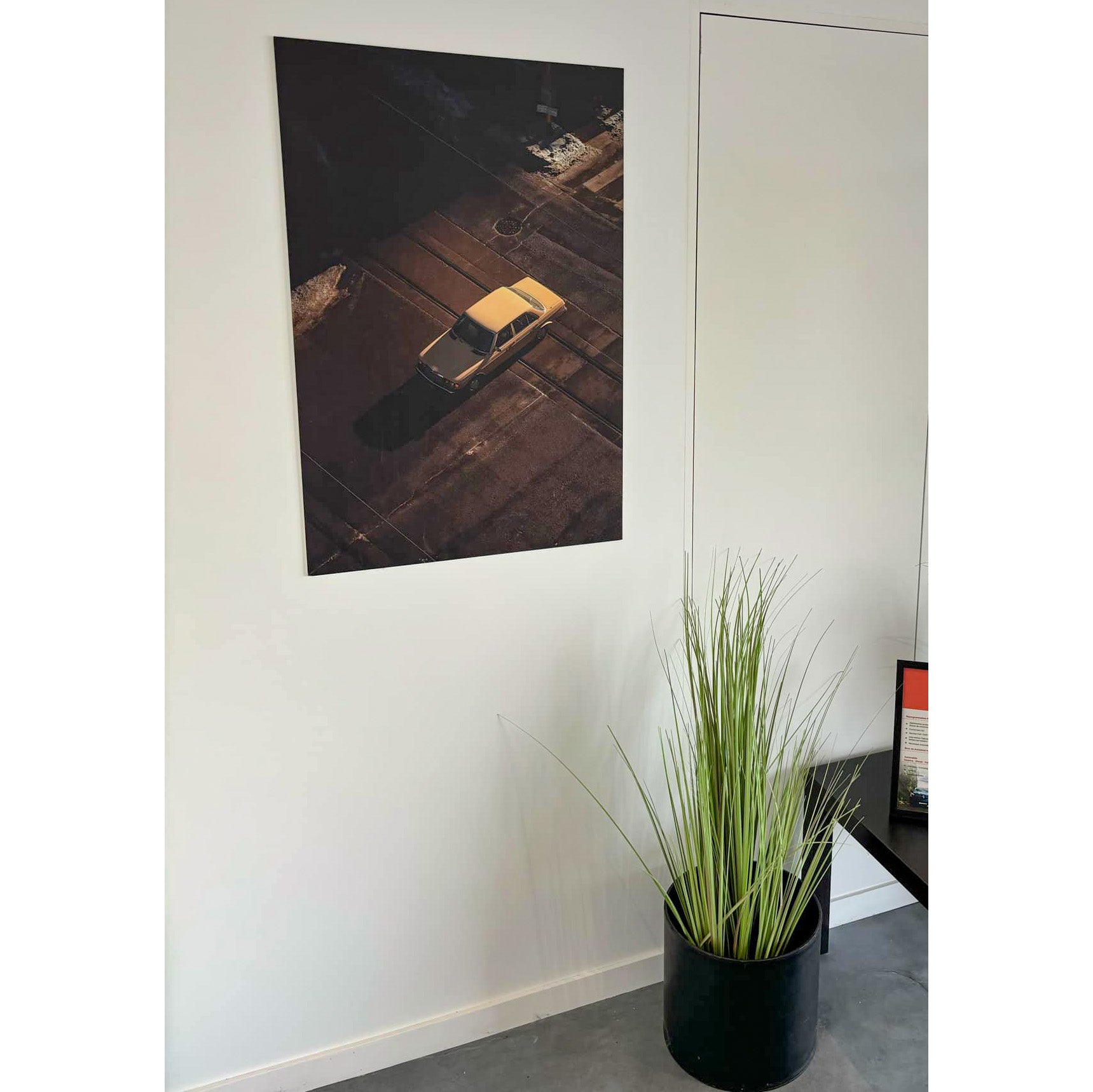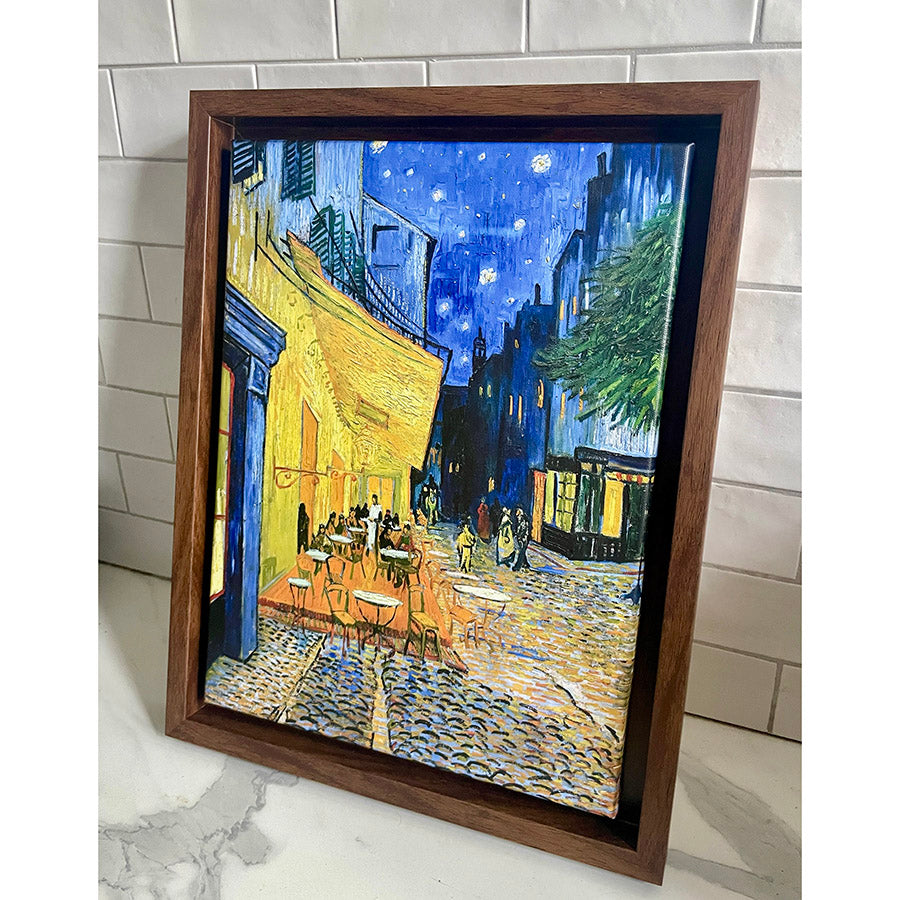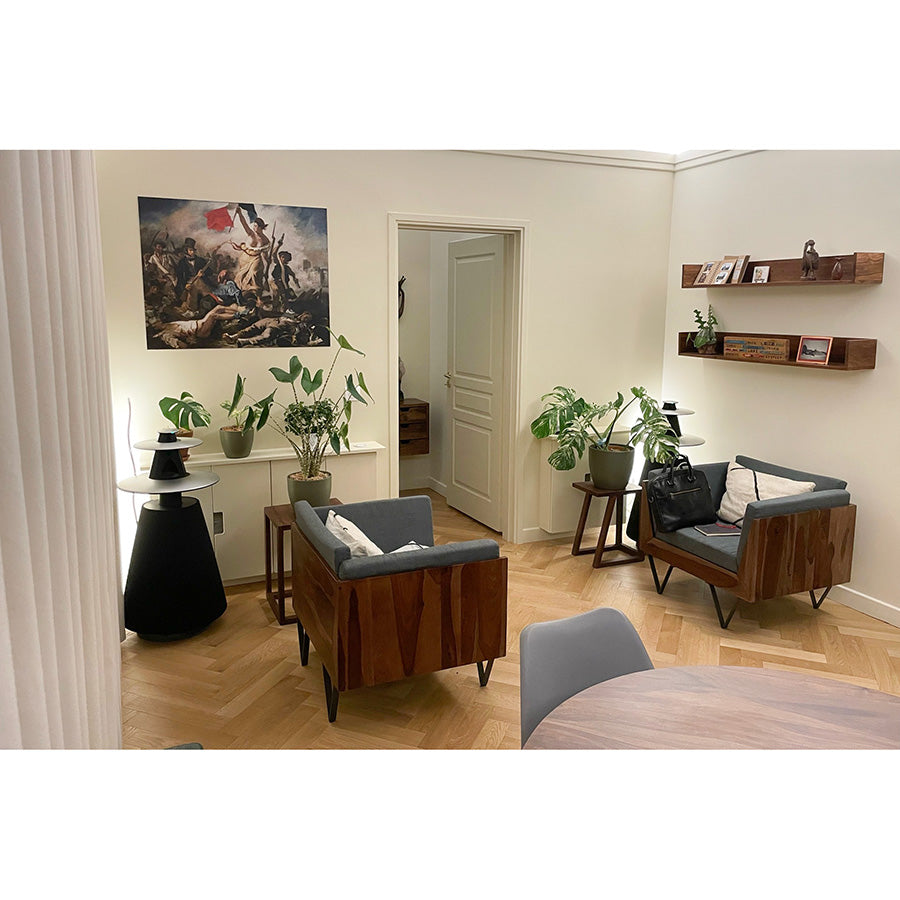Art print | Hay cart passing in front of a ruined abbey - John Wootton


View from behind

Frame (optional)
Hay cart and monastic silence: the countryside intimacy captured by John Wootton
The scene depicts a hay cart slowly advancing in front of a ruined abbey, where soft light caresses the crumbling stones and golden sheaves. John Wootton uses a subdued palette, dominated by ochres, muted greens, and misty grays, highlighting both rural tranquility and the melancholy of the ruins. The composition maintains a beautiful balance between the movement of the vehicle and architectural stability, creating a contemplative atmosphere imbued with history. This realistic and delicate evocation invites the viewer to read textures and appreciate a discreet yet demanding pictorial craftsmanship.
John Wootton, master of landscape and rural scene
John Wootton, a renowned painter known for his landscapes and rural scenes, is part of the early 18th-century English tradition, where everyday life is subtly idealized. Influenced by portrait landscape requirements and equestrian art, Wootton mastered the depiction of light and detail with precision, contributing to the genre's evolution towards greater realism and emotion. His major works have inspired many landscape artists and continue to be studied for their ability to blend movement and structural calm. This art print of the Hay Cart passing in front of a ruined abbey reflects his sense of visual storytelling and technical mastery.
A decorative acquisition with multiple assets
Adopting this art print of the Hay Cart passing in front of a ruined abbey brings a touch of history and elegance to your interior. Ideal for a living room, an office, or a library, this piece finds its place above a fireplace or in a reading corner, where its soothing atmosphere encourages relaxation. The chromatic fidelity and texture rendering guarantee a refined visual presence: whether you're looking for a Hay Cart passing in front of a ruined abbey art print to complete a classic collection, or a canvas of the same subject to energize a wall, this print combines quality and decorative character.

Matte finish

View from behind

Frame (optional)
Hay cart and monastic silence: the countryside intimacy captured by John Wootton
The scene depicts a hay cart slowly advancing in front of a ruined abbey, where soft light caresses the crumbling stones and golden sheaves. John Wootton uses a subdued palette, dominated by ochres, muted greens, and misty grays, highlighting both rural tranquility and the melancholy of the ruins. The composition maintains a beautiful balance between the movement of the vehicle and architectural stability, creating a contemplative atmosphere imbued with history. This realistic and delicate evocation invites the viewer to read textures and appreciate a discreet yet demanding pictorial craftsmanship.
John Wootton, master of landscape and rural scene
John Wootton, a renowned painter known for his landscapes and rural scenes, is part of the early 18th-century English tradition, where everyday life is subtly idealized. Influenced by portrait landscape requirements and equestrian art, Wootton mastered the depiction of light and detail with precision, contributing to the genre's evolution towards greater realism and emotion. His major works have inspired many landscape artists and continue to be studied for their ability to blend movement and structural calm. This art print of the Hay Cart passing in front of a ruined abbey reflects his sense of visual storytelling and technical mastery.
A decorative acquisition with multiple assets
Adopting this art print of the Hay Cart passing in front of a ruined abbey brings a touch of history and elegance to your interior. Ideal for a living room, an office, or a library, this piece finds its place above a fireplace or in a reading corner, where its soothing atmosphere encourages relaxation. The chromatic fidelity and texture rendering guarantee a refined visual presence: whether you're looking for a Hay Cart passing in front of a ruined abbey art print to complete a classic collection, or a canvas of the same subject to energize a wall, this print combines quality and decorative character.









